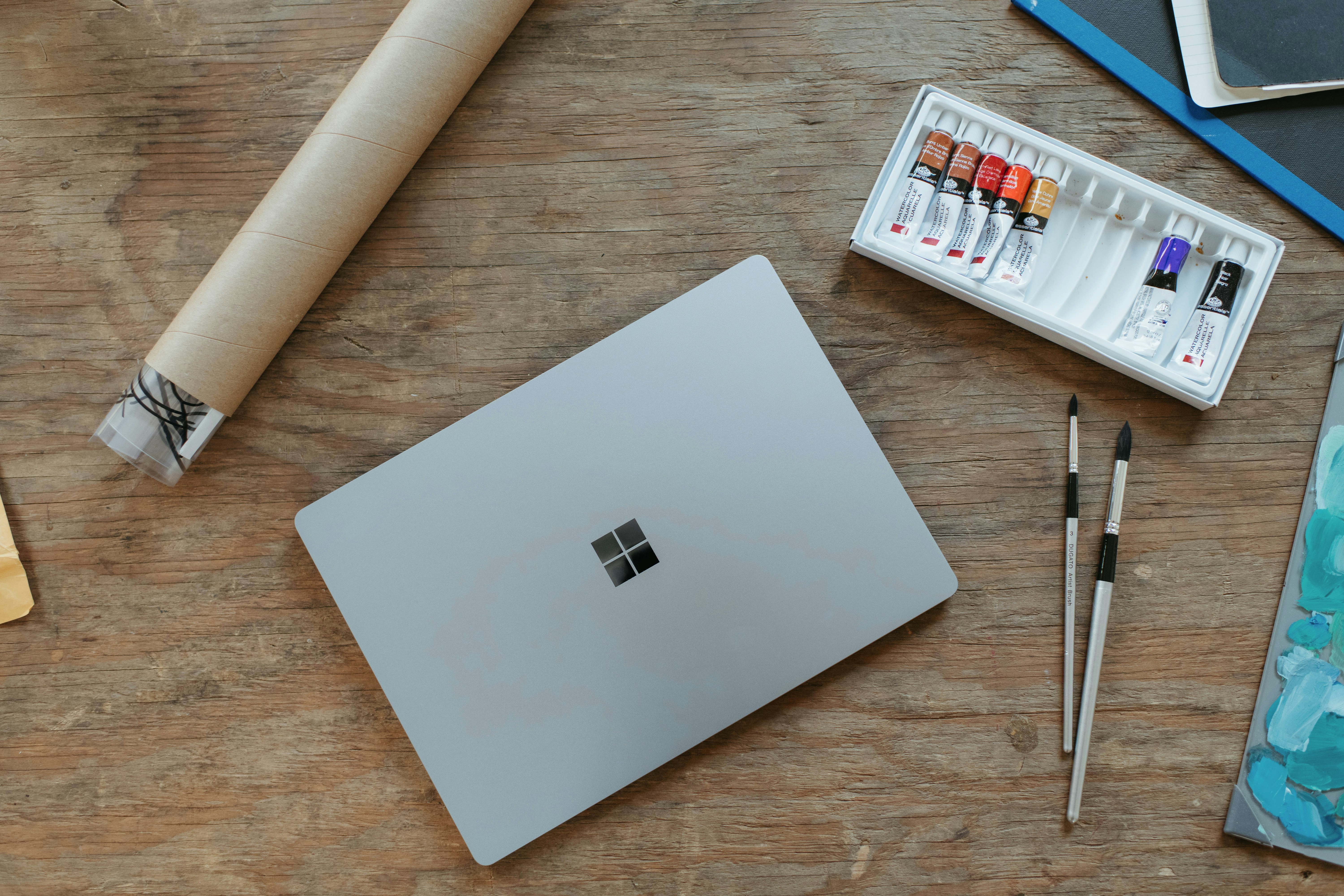
TL; DR
Creativity in tech isn’t about artsy skills but about curiosity, problem-solving, and seeing opportunities others miss. It’s essential for innovation and survival, yet it can’t be forced or scheduled rigidly. To nurture it, redefine creativity as everyday problem-solving, protect mental space for free thinking, share early ideas without perfectionism, follow small sparks of curiosity, and welcome weird, “out-there” ideas. Creativity thrives in psychologically safe, collaborative environments where exploration is valued over immediate results. The future in tech is built through small, messy, brave moments of imaginative thinking.
“Logic will get you from A to B. Imagination will take you everywhere.”
— Albert Einstein ✨💡
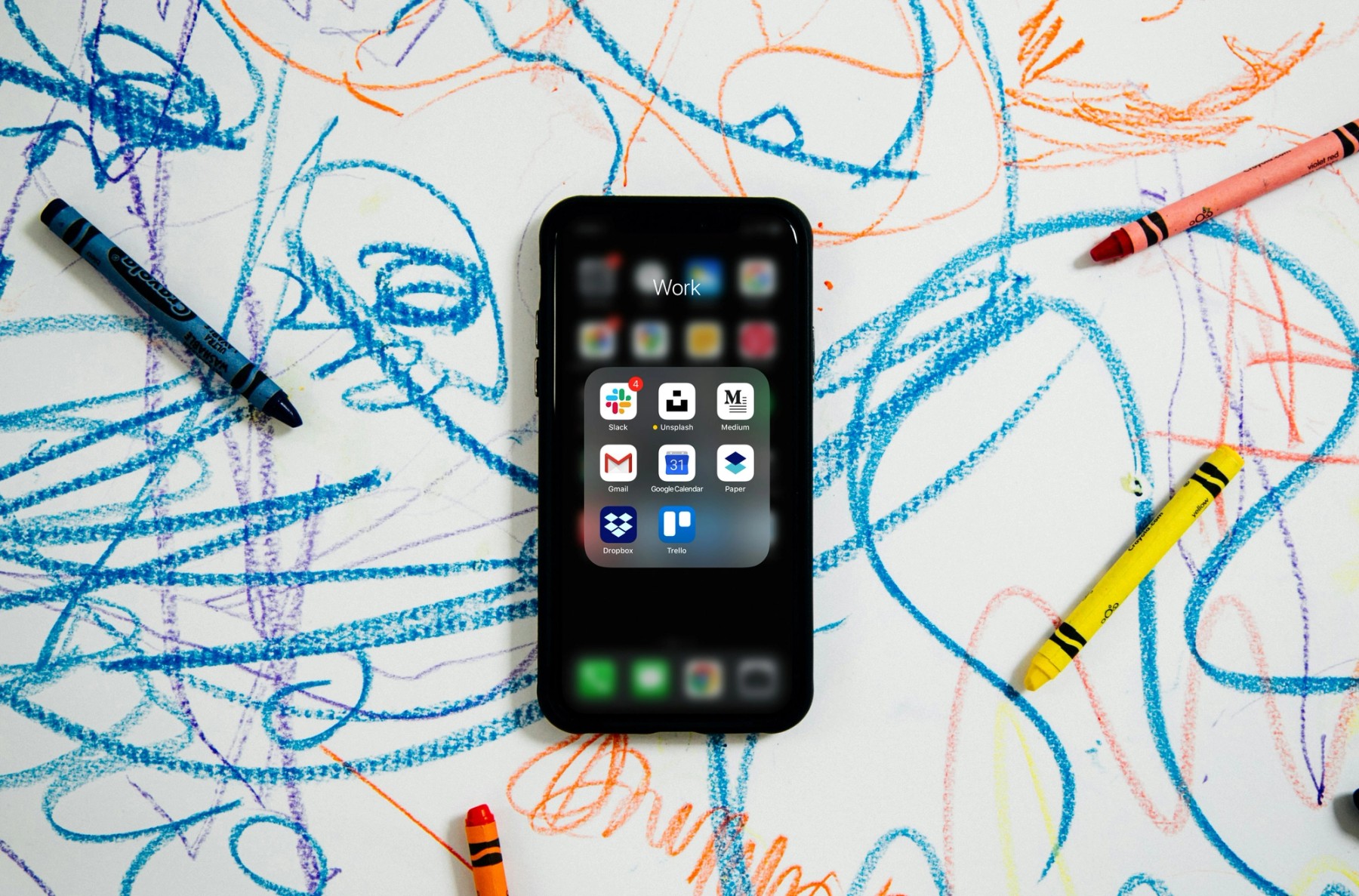
Let’s talk about creativity… but not the Pinterest-perfect, designer-y kind! The real kind, the messy, surprising, everyday creativity. The one that powers smart teams, builds brilliant products, and saves your neck in the middle of a sprint. Because the truth is that creativity isn’t just for artists, and it’s not limited to UX wizards, copywriters, or that one teammate who color-codes their Google Calendar. In tech, creativity is much more than this; even though I would say it's often a real survival skill. And how about its impact? They are endless … In the tech world, it’s how engineers find elegant shortcuts; it could be how PMs connect dots no one else notices or how teams look at a stubborn problem and ask, “Wait… what if we flipped it?” And yet, we often forget it’s even there. We may often treat creativity like a “nice extra.”, just something that happens after the serious work is done, but what if… we flipped that, too?
What if creativity isn’t just a side bonus, but a core ingredient?
Because in a fast-moving, high-context world like ours, creativity isn’t optional. It’s how you stay relevant, it’s about how you find smart decisions and build smart things that matter. So the real question becomes: “How do we nurture creativity without forcing it, scheduling it, or squeezing it out with too many processes or docs? And more importantly: “how do we do that in a tech company where deliverables rule and chaos lurks in every backlog? “
Let’s break it down together; it’s not rocket science, I promise. 🚀😉
"Creativity is intelligence having fun."
— Albert Einstein
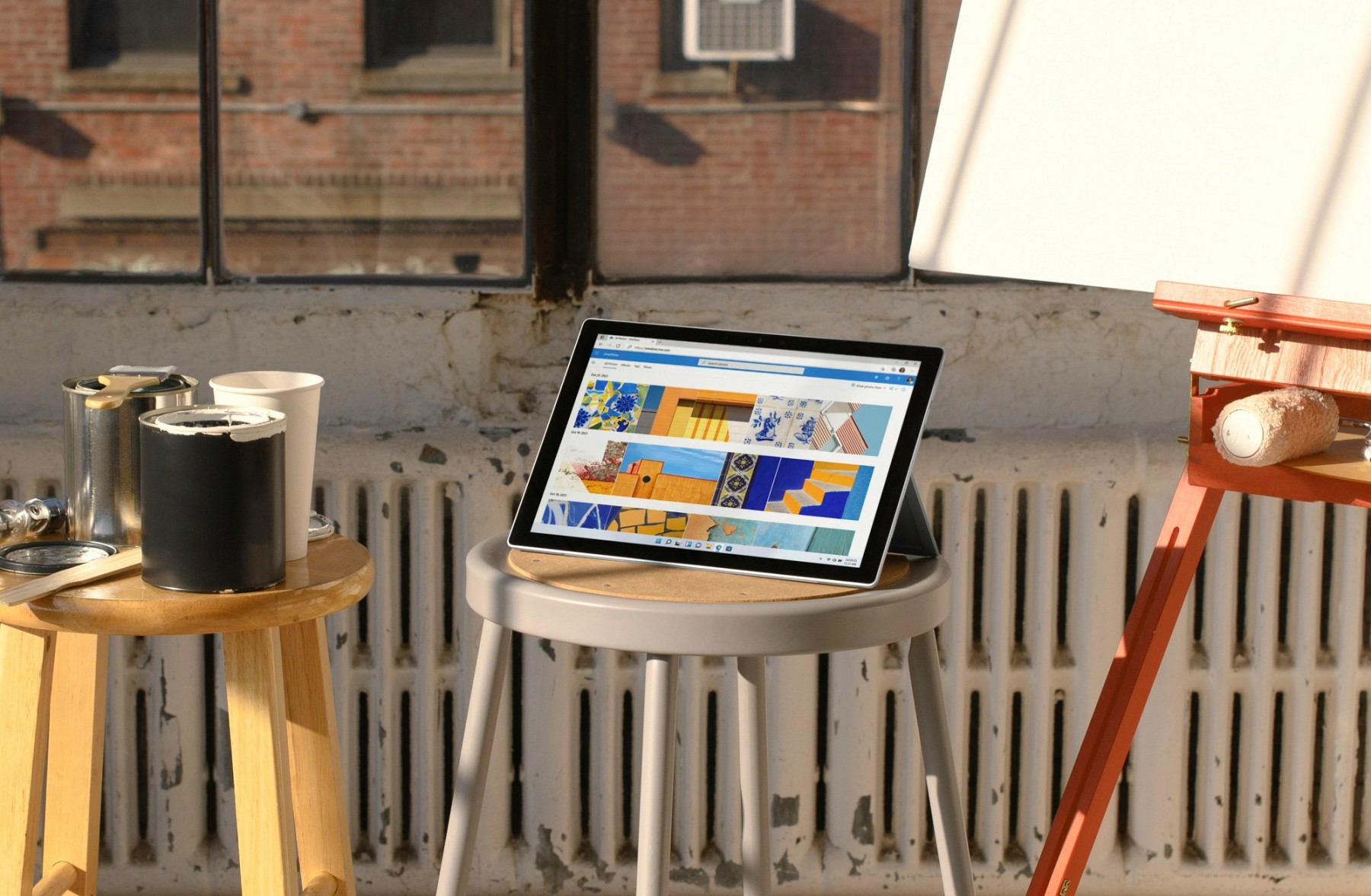
Let’s be real: in a tech company, creativity isn’t just a “nice-to-have skill.” It’s much more than that. It’s like real fuel, a compass. It’s the silent spark behind bold products, elegant code, and everything in between. But here’s the catch: creativity doesn’t show up on command. We can’t schedule it into a sprint or assign it in Jira… (unfortunately, we wish we could… we're still thinking about how to get there) So then, how do you grow it at work without turning it into yet another task on your to-do list?

At WIARA, we’ve been asking ourselves this too many times, especially as a fully remote, human-oriented team, where innovation isn’t a buzzword, but a lifeline. We’ve learned that creativity isn’t a single trait or role, and it may live everywhere: In the way someone gives feedback, in how a dev simplifies a tangled piece of logic, in a Slack emoji that says what a 15-minute message can’t… for sure, creativity isn’t about being loud or artsy, it’s about noticing things that others miss… Connecting dots others haven’t thought to connect. And yes, having the psychological safety to try weird ideas that might not work. To think outside the box.
We’ve found that creativity doesn’t thrive under pressure or perfectionism. It needs space, play, and permission to not know all the answers yet. And while we’re still learning, we’ve noticed a few things that do help in quiet, consistent ways.
Let’s start here, because honestly, this is where I observed most people get stuck.

Even the smartest and most capable people quietly disqualify themselves from the “creative” club before they’ve even begun. “I’m not the creative type.” or “I don’t design or write or make cool diagrams in FigJam.”... Does it sound familiar to you?
But remember: to be creative doesn’t mean being an artist, it just simply means being open, curious. Willing to look at a problem and ask, “What if we try something different?”
Because creativity isn’t a title, it’s a way of seeing.
In tech, that might mean reframing a stubborn bug or building a tool that saves your team three steps, or noticing a weird edge case no one thought to test. And often I observed that the most creative people are the ones quietly rewriting logic in their heads, not the ones sketching on whiteboards. Now, try, take a moment and ask yourself:
“When was the last time you solved a problem in a way that surprised even you? When did you not follow the standard route, and it worked?”
That’s creative thinking! You just didn’t label it as such.

And here comes the fun twist that the moment you ask “What is creativity, really?”, you’re already thinking creatively! That question itself is a spark. You’re not just repeating definitions, but you’re exploring! I observed that one of the best ideas came when I stopped trying to be ‘innovative’ in every price and just tried to make things a “little better.” And yes.. that worked, try it next time!
But.. why does this work? 🎯
It's simple because creativity starts where permission begins. When people feel like they’re “not the type,” they hold back. But when they see that creativity can mean rethinking, reworking, reimagining, suddenly, the doors swing open, and the innovations and new ideas are waiting.
You don’t need a creative job title to bring creative energy. All you need is a brain that wonders and asks, “Is there a better way? ”
And a workplace that answers, “Yes, go and explore more, deeper, and try outside the box!”
“Imagination can take you everywhere.”
— Walt Disney ✨
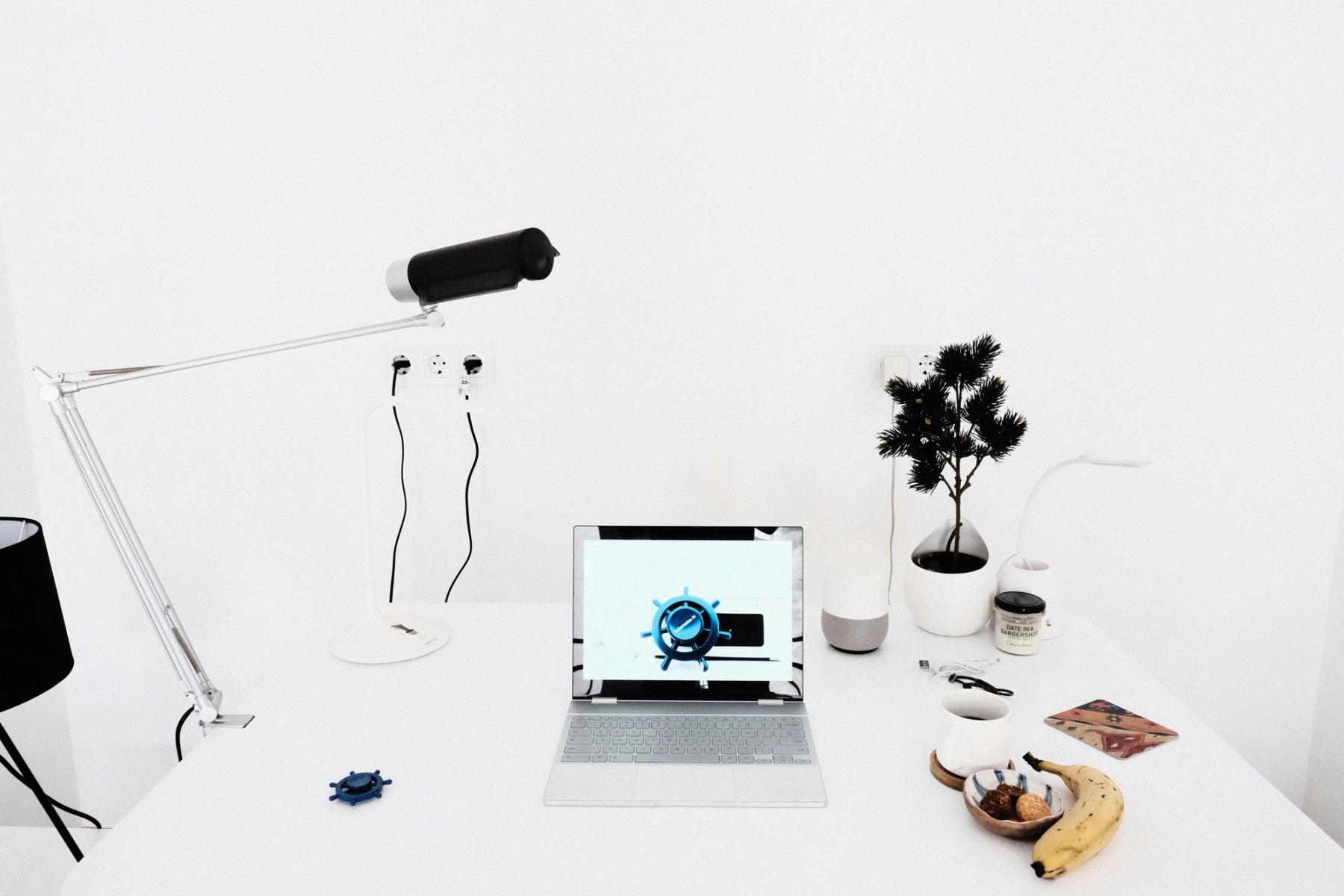
What kills creativity faster than a deadline breathing down your neck? Probably a calendar packed to the last minute, or a Slack full of “quick” and “urgent” tasks? A brain that’s still in bug-fix mode… I am sure we all know that feeling…
But creativity needs space. And not just that vague “I’ll think about it later” space, we’re talking deliberate, protected, even a bit sacred space. Not every spark needs hours of whiteboarding and kombucha-fueled ideation. But it does need breathing room moments where your mind can wander, where curiosity gets to stretch before being snapped back by task lists. Think of it like a sandbox, not for building castles on demand, but for poking around until something interesting takes shape. Try to look at your week right now and ask yourself:
“Do you have 30 minutes with no agenda? No expectations?”
If not, block it. Title it whatever you want: “brain playground,” “exploration hour,” “the void.” It’s up to you, just make sure it’s yours. Fully yours!

At WIARA, we’ve learned also the hard way that no amount of clever frameworks will help if people are stuck in survival mode. Because the truth is, if you treat creative time like a luxury, it’ll stay rare, but if you protect it like a resource, it starts showing up more often. Sometimes, right when you least expect it.
And why does this help? Because ideas don’t grow in pressure cookers. They grow in pauses. In calmness. In odd Tuesday or lazy Sunday mornings when no one’s watching and your brain finally whispers, “And what if…?”
From me, as someone who’s done both overbooking and overthinking over the years as a manager and HR, I saw that one of my best ideas for sure didn’t arrive during sprint planning. They came suddenly, while walking, cooking, reading, traveling, or just while waiting in line at the shop, and looking around. When I stopped trying so hard to be useful and just let myself and my mind wander, like meditating. Don’t forget that space is oxygen for the imagination and protect yours. Because in tech, we don’t want just to solve problems, we want to shape what the future could look like.

Perfectionism is a creativity killer in disguise. And nowhere is it sneakier than in tech teams. We wait until our ideas are fully baked, until the Figma is polished, until the code compiles, or until we have a bulletproof rationale behind every pixel, line, or headline. But by then, the magic might be gone. Or worse…, we’ve wasted days polishing something in the wrong direction. Does it sound familiar to you? Next time, when you have an idea, don’t ask yourself, “Is this good enough to share?” Instead of that, ask: “Is this interesting enough to start a conversation?” Because sharing early isn’t about looking smart, it’s about staying open. Open to better angles. To teammate Sparks, to save time, we’ve built the wrong thing beautifully.
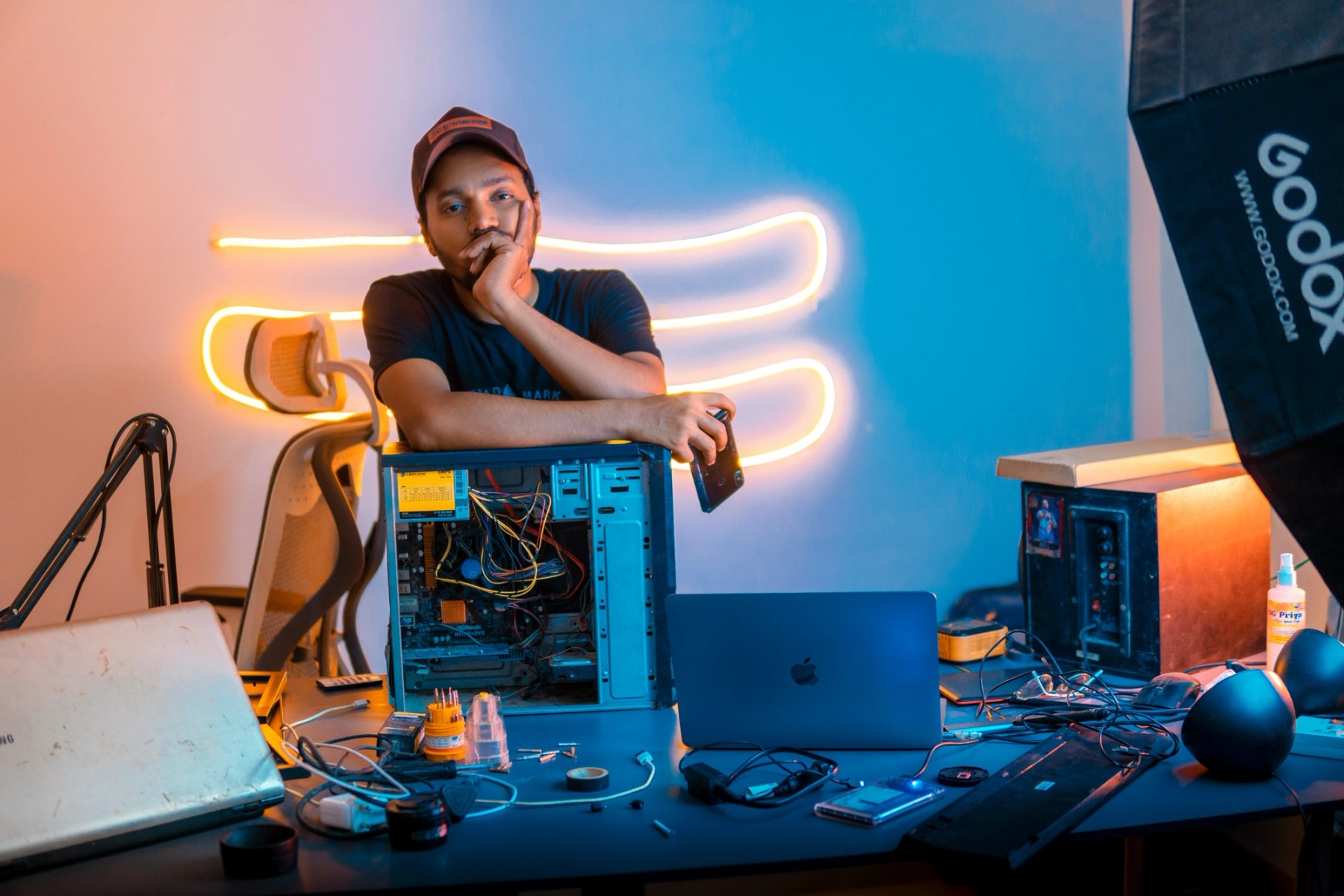
At WIARA, we’ve seen how powerful this is. We’re not big on grand unveilings. We’re big on early peeks. We share screenshots mid-progress. Toss questions in Slack. Even say things like, “I have a weird idea and I’m not sure it makes sense yet…” and it leads somewhere better.
And why does this work? Because creativity doesn’t thrive in isolation, it multiplies in collaboration. And the earlier you loop others in, the more you make space for co-creation, not just silent approval.
Don’t guard your creativity like it’s fragile. Treat it like it’s curious. Invite others in, not to judge, but to build it with you.
Let’s be honest: when we talk about creativity at work, most people imagine big, dramatic ideas. The kind that show up in keynotes, the kind that win awards or make you say “whoa!”
But here’s a gentler truth: most creativity doesn’t look like that...

It starts smaller. Quieter. Sometimes even… boring. Not every great idea starts as a grand vision. Sometimes, it begins as a passing thought in the shower. Or a scribble in the corner of a meeting note. Or that random “What if…” you blurted out during a coffee break, half-joking, half-curious. Here’s the thing: those are the sparks that matter, because they’re signs your brain is making connections. They’re seeds. And if you give them a little space and sunlight, they just might grow into something real.
In tech, we often over-index on “solutions.” We want clean roadmaps, clear outcomes, and predictable ROI. But creativity? It’s messy. It loops and wanders and doesn’t always look useful at first. Still, it’s often where breakthroughs begin.
At WIARA, we’ve learned to pay attention to those little sparks. Maybe it’s a teammate asking, “Why do we even have this step?” during a retro, or a developer realizing a feature no one uses is draining energy. Or someone sketching an idea on paper just to get it out of their head, and suddenly we all see a better path.

Try to think back to your last “hmm” moment, something that caught your attention, even briefly. And did you follow it? Did you pause to explore, or just push past it to stay on task?
Waiting for “the big idea” is a trap. Most real innovation happens when people follow small signals with care and curiosity.
Follow the thread, trust the spark. And remember: the path to something great often starts with a simple, quiet “what if…”Question.
Let’s face it: the tech world loves efficiency. Clean systems. Predictable outcomes. Velocity charts. We are often focused on optimization, meeting deadlines, and minimizing risks. But in the rush to keep things moving smoothly, we sometimes overlook the small, messy ideas that can turn into game-changers. Creativity isn’t just about perfect solutions; sometimes, it thrives in chaos and unpredictability. Creativity doesn’t always behave. Sometimes, the most valuable ideas start out as weird. They sound “off” in the meeting, they don’t fit the sprint goal, or they make you go, “…wait, really?!”

But those are the sparks that often lead to breakthroughs if we let them breathe. Think back to a time you heard (or said) an idea that felt a little too out there.
Did it disappear into silence? Or did someone say, “Hmm… go on”..?
At WIARA, we try to say “go on” more often.
We’ve seen what happens when someone shares a left-field idea, and instead of shutting it down, the team leans in. Sometimes it doesn’t lead anywhere, other times it leads to something 10x better than we imagined. So we keep room for the wildcards. We ask follow-up questions like, “What’s the upside if this works?” or, “Could we prototype a scrappy version, just to see?” Because one person’s “what if…” might be everyone’s next “of course.” It works because innovation doesn’t come from repeating what worked last time. It comes from the edges, the odd ideas, the curious tangents that don’t make sense yet.
And when was the last time you followed a weird idea… just to see where it might go? Did it lead somewhere unexpected? What would it look like to give space to a “what if” this week…?
As we saw, creativity is not reserved for those with the “right” title, and it’s not something that happens only in flashes of genius or big, bold moments. It’s a practice, a way of showing up at work with curiosity, openness, and willingness to explore. It’s about creating space both in your schedule and in your mindset to ask the questions that matter, to follow those small sparks, and to embrace the messiness that often comes with real innovation.
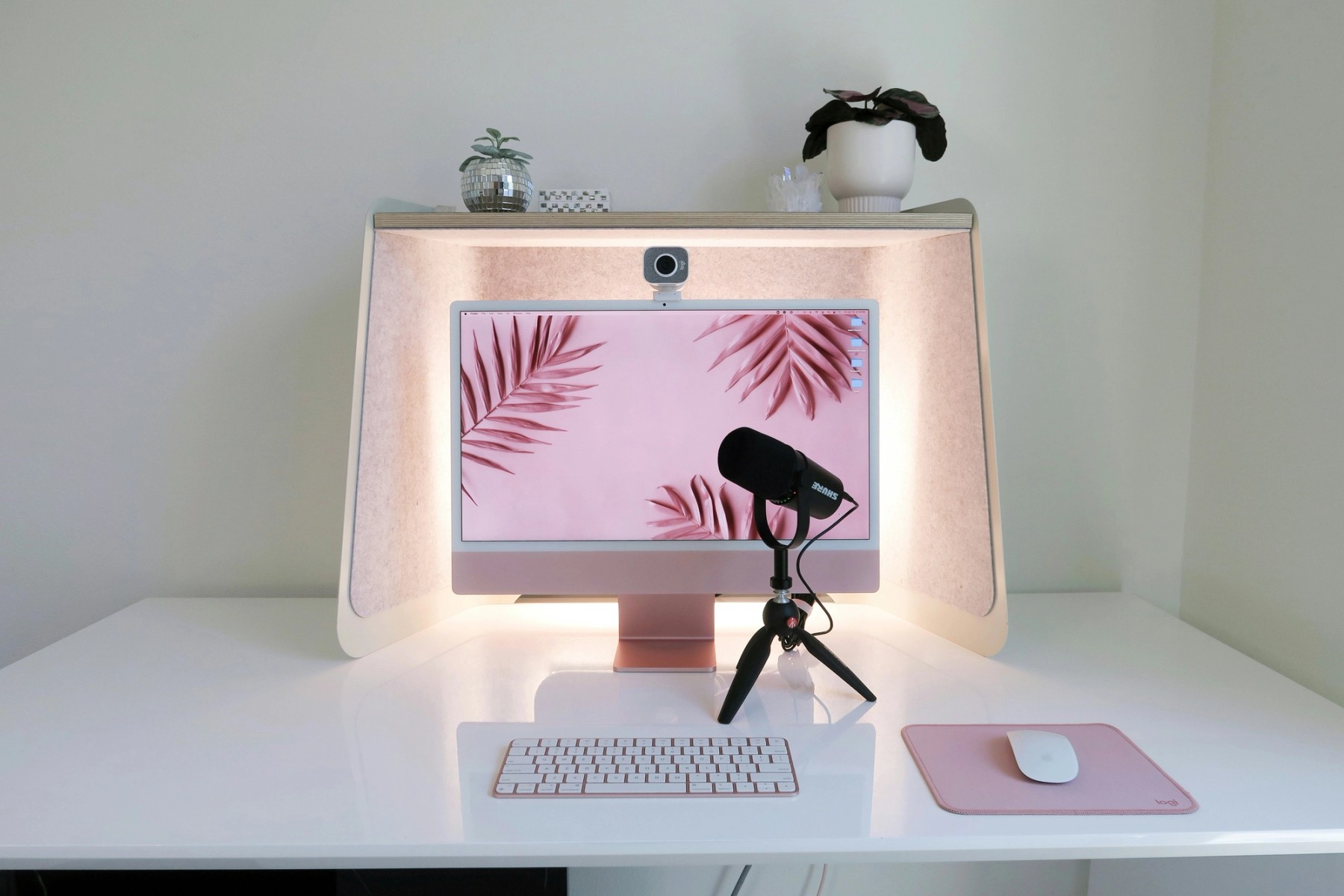
At WIARA, we’ve seen the power of this mindset firsthand. Creativity shapes everything from the smallest operational tweaks to the most impactful product breakthroughs. It’s not about being creative all the time or having everything figured out from the start. It’s about being open when it counts, staying curious, and having the courage to ask "what if?" even when the answers aren't immediately clear.
What we've learned is that creativity doesn’t happen in isolation. It thrives in an environment where it’s encouraged, where the space is protected for exploration, and where every team member feels empowered to share, even when their ideas are still messy. It's not about waiting for the perfect idea to come along; it’s about noticing the sparks and following them even when they seem small.

So, here’s your invitation: This week, don’t wait for a perfect, polished idea. Instead of it notice a small one, a spark that catches your attention, and don’t let it fade, explore it. Share it with a colleague, ask a question, or just let yourself play with it for a bit. You never know where it might lead, but that’s where the magic happens.
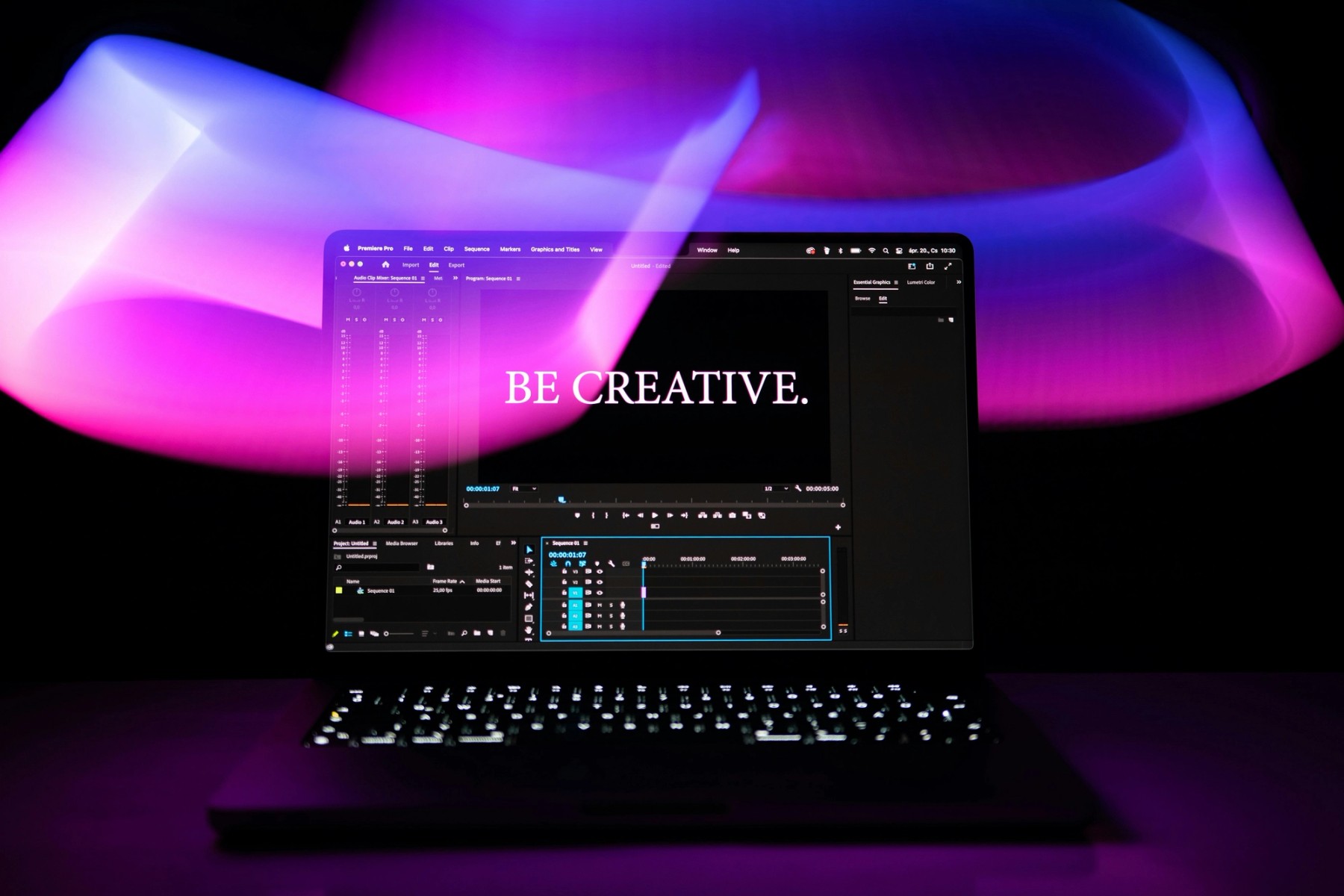
Creativity is not just about big ideas; it’s about the small ones, the questions, and the willingness to explore something that hasn’t been tried yet.
When you permit yourself to wonder, to ask “What else could this be?”, you start unlocking the future. And it’s all in the little moments, the sparks that make us pause, connect, and build something even better than we imagined.
🚀 Because in tech, the future isn’t handed to us in a neatly packaged blueprint. We build it one question, one spark, one brave share at a time.
Further Thinking

Steady Under Pressure: Real Ways to Beat Workplace Stress (Without Losing Your Spark)

Balance at Work: Keeping Your Life Intact While Building Things That Matter

The Power of Emotional Intelligence at Work: Why It Matters Most in Tech Teams
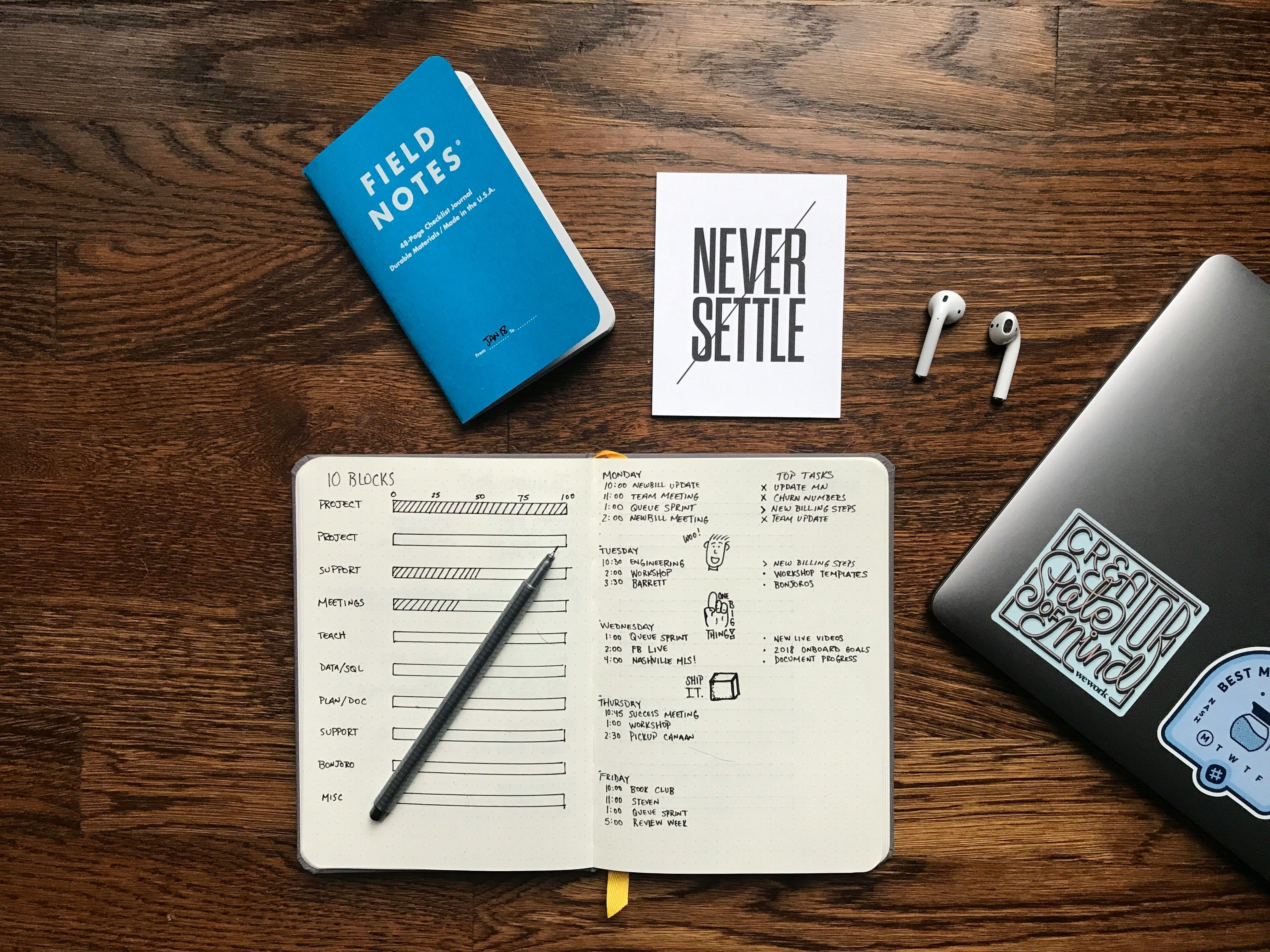
Effective Time Management Techniques for Better Productivity: Proven and Smart Methods to Manage Your Time Efficiently
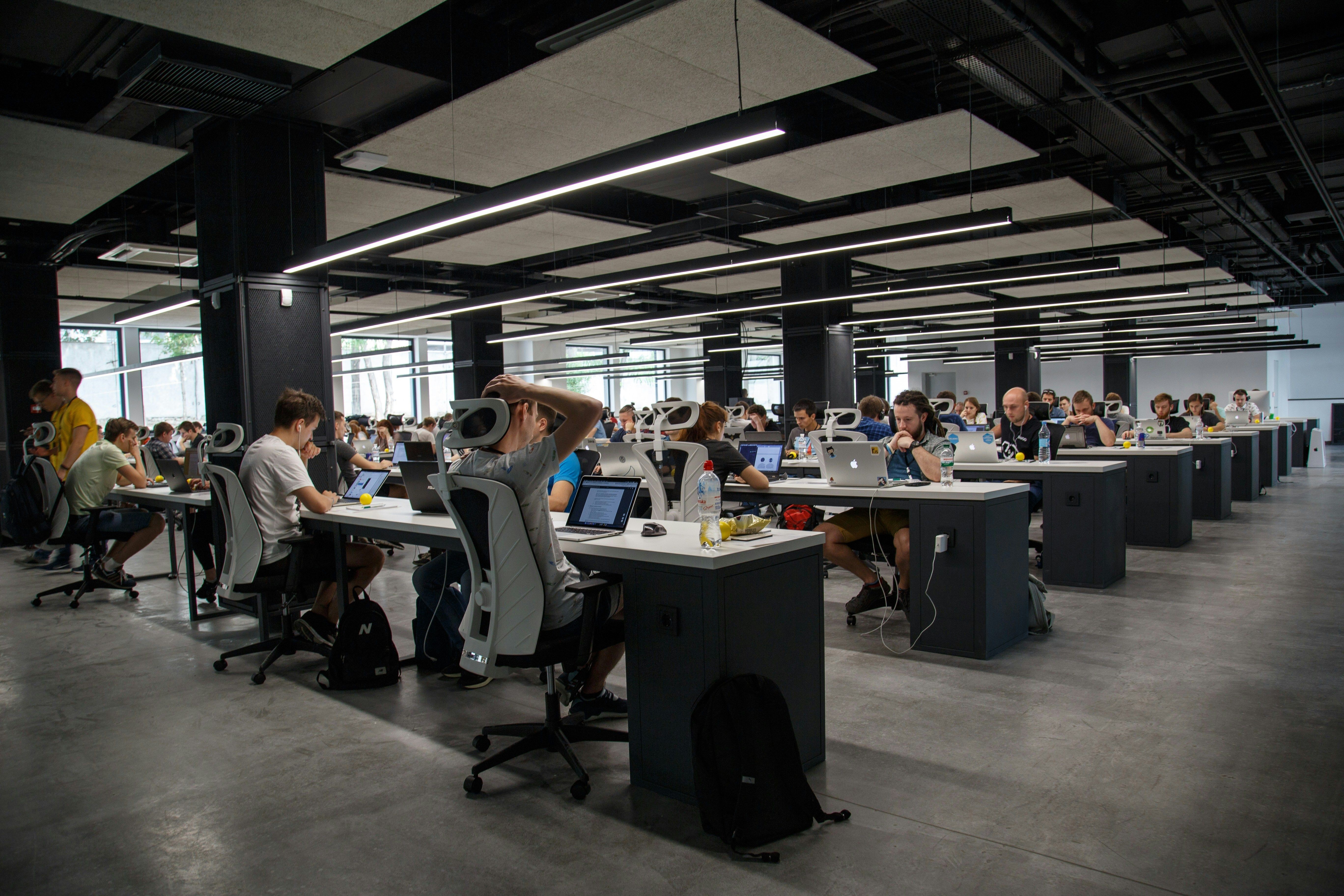
Remote Work: How to Find Your Rhythm & Improve your productivity (While keeping your sanity)

How to Prepare for an Interview? (Without Turning Into a Robot)

Interview Process at WIARA: What to Expect

The Top Qualities Beyond Code: What Truly Makes a Developer Exceptional — from the Inside Out

Welcome to WIARA — Where Integrity Meets Innovation and People Always Come First 💡